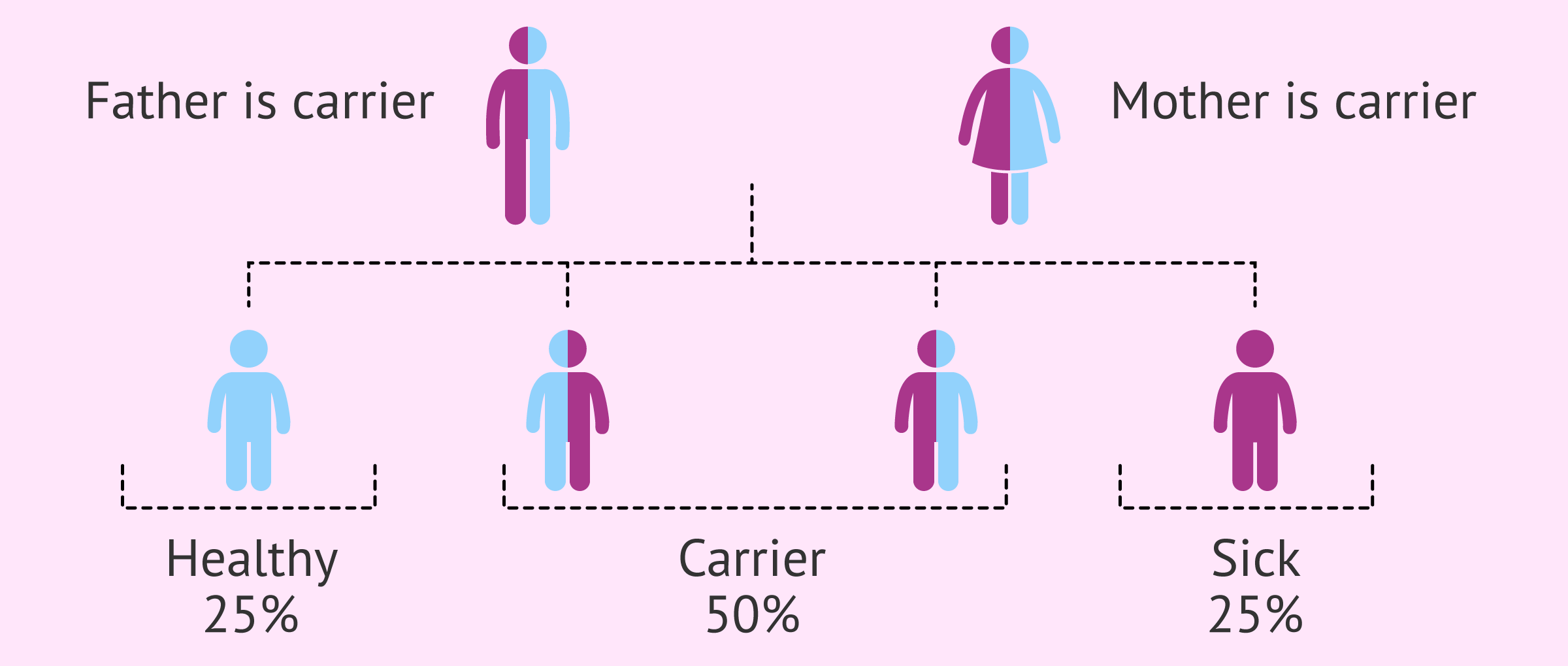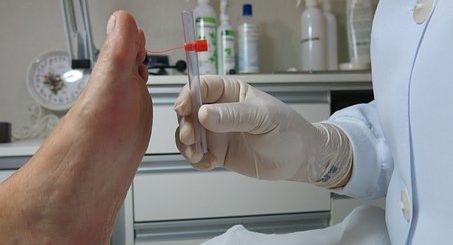Passing It Down: The Most Common Hereditary Diseases
A hereditary disease is often described as something that “runs in the family.” It is passed down from one or both parents to a child, who may then pass it to his or her children. Because hereditary diseases are caused by genetic mutations, you may see the terms “hereditary” and “genetic” used interchangeably when referring to inherited disease. But while a genetic disease is also the result of a gene mutation, it may or may not be hereditary. These mutations occur either randomly or due to an environmental factor. They are not passed down from parent to child, as is the case with a hereditary disease.
Sickle Cell Disease
Sickle cell disease is a hereditary disease caused by mutations in one of the genes that encode the haemoglobin protein. Red blood cells with the abnormal haemoglobin protein take on a sickle shape. The disease leads to chronic anaemia and significant damage to the heart, lungs and kidneys. Sickle cell disease is the most common inherited blood disorder in the United States, affecting around 100,000 Americans, most commonly in African Americans. There is a 25% chance that a child will be born with sickle cell disease if both parents have the defective gene. If a child inherits only one copy of the defective gene (from either parent), typically he or she won’t get the disease, but there is a 50% chance that the child will carry the sickle cell trait.
Cystic Fibrosis
Cystic fibrosis (CF) is caused by a gene mutation that affects the cells that produce mucus, sweat, and digestive juices. The mucus becomes thick and sticky, causing severe damage to the respiratory, digestive and reproductive systems. Children who inherit only one copy of the defective gene are carriers who could pass the gene on to their own children. But children who inherit two copies of the defective gene—one copy from each parent—will develop cystic fibrosis. The disease is most common in white people of Northern European ancestry.

Tay-Sachs
Tay-Sachs disease (TSD) is a fatal genetic disorder that results in progressive destruction of the nervous system. It is caused by gene defects that lead to the absence of a vital enzyme called hexosaminidase-A (Hex-A). Carriers of the defective gene have a 50% chance of passing the gene to their children. If a child inherits one defective gene, the child is a Tay-Sachs carrier. If the child receives a defective gene from both parents, the child will have the disease. The incidence of Tay-Sachs is significantly higher among people of eastern European (Ashkenazi) Jewish descent.
Haemophilia
Most common among males, haemophilia is characterized by a deficiency in blood clotting leading to abnormal bleeding. The haemophilia gene is located on the X chromosome that encodes gender. Since males have an X and a Y chromosome, they inherit only one copy of the X chromosome (from their mother). So, if their mother is a carrier of the mutated gene, they have a better chance of inheriting haemophilia. Females have two X chromosomes (one from their mother and one from their father), and one usually has a normal copy of the gene. This means most women with the gene mutation are carriers, but have no signs or symptoms of the disease.
Huntington’s Disease
Huntington’s disease is an inherited condition that comes on in mid-life. It causes the progressive breakdown of nerve cells in the brain, leading to a loss of brain and muscle function. Caused by an inherited defect in a single gene, the disease is an autosomal dominant disorder, which means that a person needs only one copy of the defective gene to develop the disorder. Each parent with a defective gene could pass along either a defective copy or a healthy copy, leaving a child with a 50% chance of inheriting the disease.
Muscular Dystrophy
In muscular dystrophy, defective genes interfere with the production of proteins necessary for healthy muscle development. Such symptoms as progressive muscle weakness and loss of muscle mass often begin in childhood, though the disease can affect all ages, and all races. There are several types of muscular dystrophy, but the most common form, Duchenne, usually occurs in young boys. Most forms are inherited, so people with a family history of the disease are at a higher risk of developing it.
Do you know anyone who suffers from these diseases? Share your experiences in the comments below.



